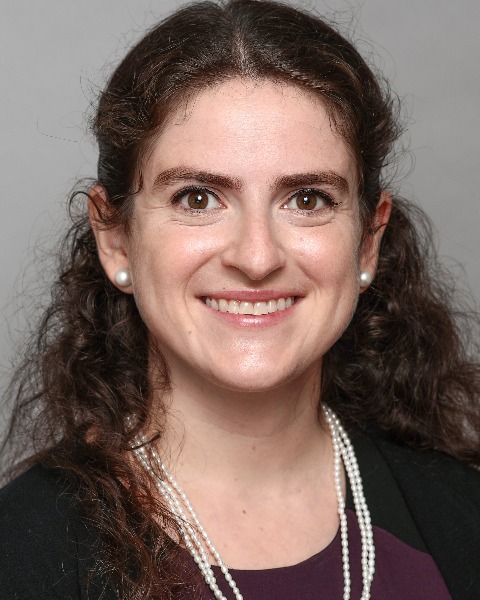Special Populations (SPO)
Category: Member Submission
Poster Session II
PII-204 - NEUROLOGIC CONCERNS IN CRITICALLY ILL CHILDREN RECEIVING CEFEPIME
Thursday, March 28, 2024
5:00 PM - 6:30 PM MDT
K. Pavia1, K. Paice2, T. Mizuno1, P. Tang3, J. Taylor3, S. Tang Girdwood1, J. Kaplan1; 1Cincinnati Children's Hospital Medical Center, 2Cincinnati Children's Hospital Medical Center, Cincinnati, OH, USA, 3Cincinnati Childrens Hospital.

Kathryn Pavia, MD (she/her/hers)
Critical Care Fellow
Cincinnati Children's Hospital Medical Center
Cincinnati, Ohio, United States
Presenting Author(s)
Background: Cefepime is a commonly used antibiotic for hospital acquired infections. In adults, cefepime-induced-neurotoxicity is a concentration-dependent adverse effect with symptoms ranging from confusion to seizures to coma. Children with neurologic symptoms attributed to cefepime have been described in case reports, but never interrogated systematically.
Methods: : We conducted a retrospective chart review of patients enrolled in an existing study of cefepime pharmacokinetics in the pediatric intensive care unit (ICU). Sequentially enrolled patients were included if they had ≥2 samples collected and ≥48 h of data available for analysis. Cefepime concentrations were measured from opportunistic blood samples and PK parameters were estimated using a published model and Bayesian estimation. Electronic medical records were reviewed for documented neurologic symptoms, delirium score, and orders for specific neurologic testing.
Results: Twenty-six patients were included in this analysis (Table). Thirteen patients (50%) had at least 1 neurologic concern prior to initiating cefepime (abnormal baseline), while the remainder had no pre-existing concerns (normal baseline). In total, 17 patients (65%) had neurologic concerns following at least one day of treatment with cefepime, including 10 who had abnormal baseline and 7 who had normal baseline. Delirium was the most commonly identified concern in all groups, (14/17 = 82%). Among 14 patients with delirium during treatment, 8 had no delirium identified at baseline, 3 had delirium at baseline but had increased score while on cefepime, and 3 had baseline delirium which was unchanged during cefepime treatment. There were no significant differences in AUC24 or highest daily Cmin between patients with and without neurologic symptoms in any grouping.
Conclusion: While neurologic concerns prior to cefepime initiation are diverse, the most common newly identified symptom following cefepime therapy was delirium. Further analysis will include analyzing more patients, excluding symptoms which are unchanged from baseline, and performing causality analysis to identify and exclude neurologic symptoms which are unlikely to be related to cefepime.
